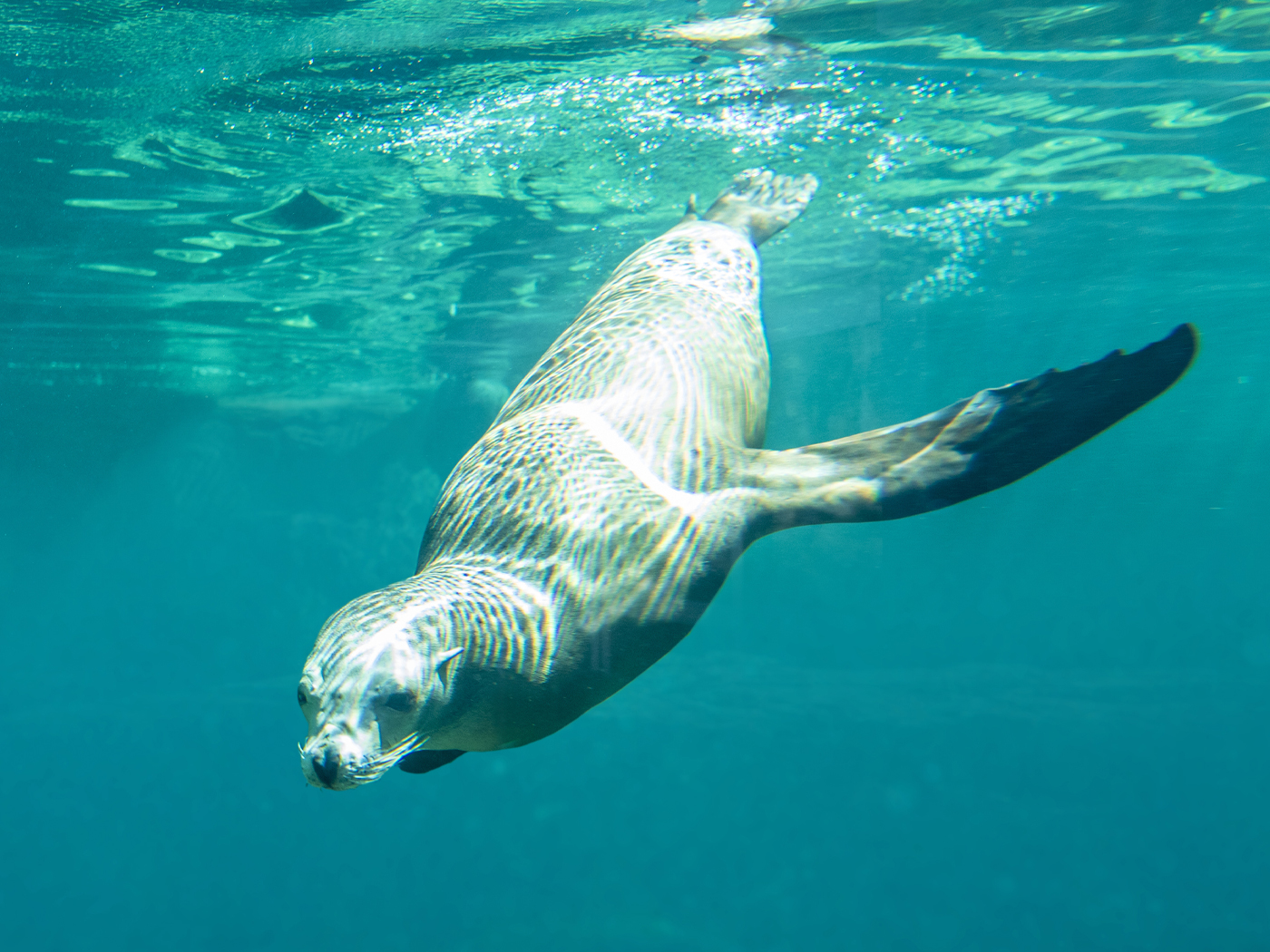Locomotion in the human and animal world means the power to move from one place to another.
Recently, evolutionists have published research regarding the alleged evolution of marine reptile locomotory adaptations. Their findings include the statistical study of multiple measurements of 125 species of Mesozoic (allegedly 252-66 million years ago) marine reptiles. Furthermore, this research also includes their body size and proportions, and anatomical transformations in the supposed evolution of their swimming modes.1
Evolutionist Susan Gutarra of the University of Bristol stated,
“Changes in anatomy in land-to-sea transitions are intimately linked to the evolution of swimming. For example, sea lions’ flippers have relatively short forearm and large hands, very different from the walking legs of their ancestors. The rich fossil record of Mesozoic marine reptiles provided great opportunity to study these transitions at a large scale.”1
But, as creation scientists, we recognize there was no land-to-sea transition, which means swimming didn’t evolve. These aquatic creatures were designed to swim–and swim well–from the onset. This is why sea lions’ flippers are “very different from the walking legs of their [alleged] ancestors”.1
Co-author of the paper on the locomotor ecomorphology [the study of unrelated organisms with similar appearances, having small differences in form. Ecomorphs reflect adaptations to local environmental variations] of Mesozoic marine reptiles, Michael Benton, stated, “We know that transition to life in water is usually accompanied by an increase in body mass, as seen in cetaceans...”2 but once again this is open to question. As Benton stated, “Looking at a great blue whale, 30 m long, or a fast-swimming dolphin, it is hard to imagine how they evolved from terrestrial mammal ancestors, and yet that is what happened.”3 Not only is it very hard to imagine, “But how and when cetacean ancestors became fully aquatic remains a subject of intense debate.”4
Indeed, “some notable findings are the high aquatic specialization in the earliest ichthyosauromorphs and the morphospace overlap between mosasauroids and ichthyosauromorphs.”2 So, even the ‘earliest’ ichthyosauromorphs were already highly specialized. This is to be expected from a creation perspective.
Furthermore, evolutionists maintain the ichthyosauromorphs (an extinct clade of marine reptiles) had a derived or evolutionary advanced character state very early in the Triassic period (presumed to be 252-201 million years ago) suggesting they originated during the Permian (supposedly 299-252 million years ago). Creationists counter by stating these well-designed (“derived”) marine creatures were buried and preserved as fossils just thousands of years ago. They have always been marine reptiles.5
“In contrast, we don’t find evidence of convergence between ichthyosaurs and metriorhynchids (the highly aquatic crocodyliform thalattosuchians). This group retained quite primitive-looking hindlimbs, which seems incompatible with swimming by fluke oscillation.”1
Of course, there would be no convergence6,7 between these two groups. Thalattosuchians are an extinct group of marine crocodylomorphs (a group that includes the crocodiles) that allegedly transitioned from land to water during the Mesozoic Era.8
To conclude, “locomotion remains poorly characterized...despite being a crucial aspect of the biology, ecology, and disparity during major evolutionary transitions of these aquatic animals.”2 Perhaps this locomotion remains poorly characterized because these sea creatures never underwent “major evolutionary transitions.” They were designed by the Creator to inhabit an aquatic environment in the beginning.
References
- Swimming secrets of prehistoric reptiles unlocked by new study. University of Bristol. Posted on bristol.ac.uk/news April 18, 2023.
- Gutarra, S. et al. 2023. The locomotor ecomorphology of Mesozoic marine reptiles. Paleontology. V 66, Issue 2.
- Benton, M. 2015. Vertebrate Paleontology. 4th edition. Wiley Blackwell. 372.
- Science Writer. Skin deep: Aquatic skin adaptations of whales and hippos evolved independently. AAAS and EurekAlert. Posted on eurekalert.org April 1, 2021, accessed April 22, 2023.
- Kear, B. et al. 2023. Earliest Triassic ichthyosaur fossils push back oceanic reptile origins. Current Biology. 33 (5): R178–R179.
- Randy J. Guliuzza, P.E., M.D. 2017. Major Evolutionary Blunders: Convergent Evolution Is a Seductive Intellectual Swindle. Acts & Facts. 46 (3).
- Bethell, T. 2017. The Conundrum of Convergence. Darwin’s House of Cards. Seattle, SA: Discovery Institute Press.
- Sherwin, F. Thalattosuchians—Extinct Crocodile Relatives? Creation Science Update. Posted on ICR.org March 20, 2023, accessed April 22, 2023.
* Dr. Sherwin is science news writer at the Institute for Creation Research. He earned an M.A. in zoology from the University of Northern Colorado and received an Honorary Doctorate of Science from Pensacola Christian College.













